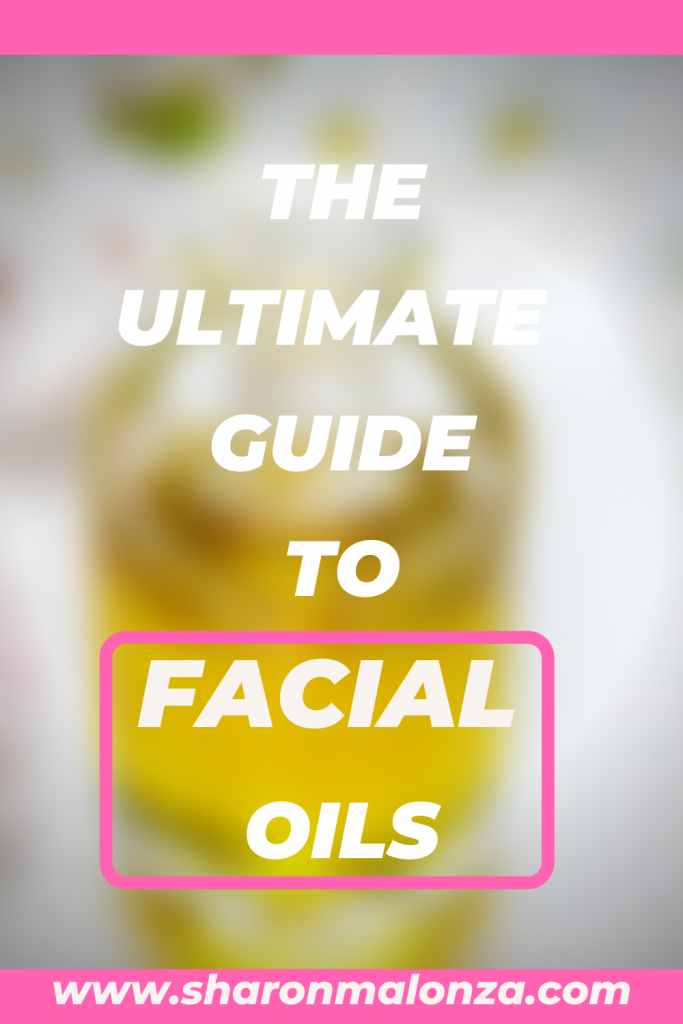
Facial oils have become increasingly more popular in the recent years. There are so many in the market and it can be hard to choose the right one for you. In this post, I will give a detailed guide to choosing facial oils based on your skin type and needs.
Table of Contents
Types of oils
There are generally 2 broad categories of oils: synthetic oils or plant oils. The most common synthetic oil is mineral oil.
Plant oils are further subdivided into 2: carrier/fixed oils and essential oils. The focus will be on carrier oils but I will touch on essential oils closer to the end of the post.
The Structure of Oils
The basic components of oils are fatty acids and glycerol. The two main fatty acids are omega-9 (oleic) and omega-6( linoleic).
Oleic acid
Oleic acid is a natural monounsaturated acid. In cosmetics, it acts as a cleansing agent and texture enhancer. In some research, topical application of oleic acid on its own or as olive oil can actually disrupt the skin barrier. However, when mixed in with other fatty acids and beneficial ingredients, it can enhance their penetration for the same reason.
Linoleic acid
A natural polyunsaturated fatty acid (PUFA) that acts as a skin conditioning and restorative ingredient . It is one of the two essential fatty acids . The other one is alpha-linoleic acid (omega-3). In comparison to oleic acid, it is the more agreeable fatty acid for most skin types.
Benefits of oils in skincare
Some oils have unique potential benefits:
- Anti-inflammatory
- Antioxidant
- Antibacterial
- Wound healing
- Slow skin aging
- Preventing skin cancer
It is important to note that many of these benefits have mostly been demonstrated on animals. There are very few human studies and majority of them are small-scale.
How to select Oils
There are 2 important factors :
Oleic: linoleic ratio
Most people prone to breakouts are lacking linoleic acid in their sebum and have an overabundance of oleic acid. So they need to pick oils higher in linoleic acid.
People with drier skin benefit from oils higher in oleic acid since these oils are richer and more nourishing to the skin.
Comedogenic rating
Comedogenicity is the likelihood of an ingredient to clog the pores. Oils and butters are rated on a scale of 0-5 (from least likely to most likely to clog pores)
If you are susceptible to breakouts, avoid highly comedogenic oils. People with drier skin might get away with using oils in the middle of scale.
Pro Tips:
- Whenever possible, stick to oils at a comedogenic rating of 0-2.
- Always make sure to use organic, extra virgin oils when buying single plant oil formulations.
Other factors like cost and availability may vary depending on your geographical location.
Oil Recommendations for Different Skin Concerns
I will put their comedogenic rating in brackets. This may not be an extensive list but it covers some of the most popular ones.
Oils that help skin barrier repair
- Argan oil (0/1)
- Borage oil (2)
- Jojoba oil (2)
- Sunflower seed oil (0-2)
Check out my detailed post on the skin barrier for more tips !
Oils with anti-inflammatory effects
- Argan
- Grapeseed (1)
- Jojoba
- Rosehip (1)
- Shea Butter (0-2)
Oils with antioxidant effects
- Grapeseed
- Jojoba
- Rosehip
- Shea Butter
Oils that may help with skin aging(for mature skin)
- Jojoba
- Rosehip
- Sweet Almond (2)
Oils high in oleic acid (for dry skin)
- Apricot kernel (2)
- Baobab seed (2)
- Carrot seed(3-4)
- Sweet Almond
- Hazelnut oil (1)
- Marula oil (3-4)
- Moringa oil (3-4)
- Papaya seed (2-3)
- Shea Butter
Oils high in linoleic acid(for oily and acne prone skin)
- Black raspberry seed (1-2)
- Evening primrose oil (2-3)
- Grapeseed
- Goji berry seed (0-1)
- Jojoba
- Hemp Seed
- Passionfruit (Maracuja) seed (1-2)
Oils with a fairly equal mix of oleic and linoleic acid (for most skin types)
- Argan oil
- Cherry kernel oil (2)
- Tamanu oil (2)
Oils with the lowest comedogenic ratings
- Hemp seed oil (0)
- Mineral oil (0)
- Safflower(0)
- Shea butter
- Argan
- Castor (0/1)
- Grapeseed oil
- Pomegranate seed oil (1)
- Rosehip
- Sea Buckthorn oil
Oils safest for Fungal Acne and Seborrheic dermatitis
- Mineral Oil
- Squalane oil
- MCT oil
The Most Affordable Oils
This will vary depending on where you are but these seem to be cheap across the board.
- Grapeseed oil
- Jojoba Oil
- Mineral Oil
- Squalane Oil
Let’s talk about coconut oil
You may have noticed that I haven’t mentioned coconut oil above . Recently, coconut oil has gotten a bad rep in the beauty community. Interestingly enough , it is one of the few well researched oils. It enhances barrier functions , is anti-inflammatory , antimicrobial ,antiviral and helps with wound healing .
The issue with coconut oil is that it’s comedogenic rating is 4. It is thus likely to clog pores in many people . For those who are prone to breakouts , avoid using it on your face. Since it is excellent for dry skin, it would be best used on the body instead. That said, if you don’t seem to have issues with coconut oil on your face, then do you booboo !
Where do oils fall in your skincare routine?
- Oil cleansing .
It is a popular first step in the skincare routine to dissolve dirt, excess sebum, make-up and water-resistant sunscreen. I will be discussing this in detail in my next video.
- Moisturizing.
Some oils act as emollients. Emollients act by filling in the gaps between corneocytes. As a result, they make the skin surface feel smooth by decreasing friction. They also improve light refraction which gives the skin a nice glow.
Other oils have occlusive properties e.g. mineral oil, squalane, soybean oil, shea butter and grapeseed oil. Occlusives are able to coat the stratum corneum and reduce trans-epidermal water loss. This property is particularly helpful for those with dry skin and eczema.
Oils alone are not complete moisturizers. A good moisturizer has a combination of emollients, occlusives and humectants.
Therefore, oils work best as ingredients in products or as supplements to your store bought products. If you have particularly dry skin, adding a few drops of oil into your moisturizer may benefit you.
If you prefer to use oils separately , they can go after your serum and before or after your moisturizer .
Pro Tip : Some experts discourage adding oils into your sunscreen . They believe that it may affect the SPF value resulting in lower UV protection . Instead, stick to using oils in your night-time routine .
Oil may not be right be for you
There are certain skin conditions that may be worsened by topical application of most oils.
These include:
- Seborrheic Dermatitis
- Rosacea
- Fungal acne (malassezia folliculitis)
For people prone to acne, oils that are highly comedogenic can worsen their skin condition.
Essential oils
Essential oils are fragrant oils extracted by distillation of plant compounds. They are popularly used in aromatherapy for their calming effects when inhaled. They have also grown popular in skin care for their anti-inflammatory and antimicrobial properties.
However, they are very potent and are known irritants for many people. Some of them also degrade when exposed to UV light and even change skin colour.
Where possible, avoid essential oils in your skincare especially if you have sensitive skin. Carrier oils often have similar benefits without the potential irritation.
Below is a list of common essential oils to look out for . Sometimes they list their scientific names so always do a quick google search if you aren’t too sure.
- Lavender oil
- Rose oil (Rosehip oil is non-fragrant)
- Rosemary oil
- Neroli oil
- Sandalwood oil
- Peppermint oil
- Lime oil
- Lemon oil
- Eucalyptus oil
- Jasmine oil
- Geranium oil
- Orange oil
- Orange blossom oil
- Bitter orange oil
- Grapefruit oil
- Bergamot oil
- Ylang ylang oil
I’m not saying that everyone will react to essential oils. However, if you cannot put a finger on what is causing skin irritation, it may be the culprit. Use essential oils in your diffusers instead!
Where to purchase Oils
The following companies have a wide range of affordable oils. They are all Kenyan except The Ordinary. Let them know I sent you there!
- Fava Herb: Argan, Baobab, Blackseed, Carrot, Grapeseed, Moringa , Papaya Seed, Sunflower, Sesame seed, Sweet Almond
- Lheritier 1789: Apricot, Maracuja and Rosehip
- Saru Organics: Baobab, Jojoba, Moringa . (PS: Use “MyKenyanPuff” at checkout for a 10% discount.)
- The Ordinary: Argan, Borange, Chia Seed, Rosehip, Sea Buckthorn and Squalane.
To purchase The Ordinary in Kenya, check out the following websites/Instagram pages:
- Accessories_Trend
- BandariBeauty
- GlowSecret
- GlowSkinCosmeticsKenya
- DreamSkinHaven
- OriginalMakeupKenya
- OserianBeauty
If all else fails , you can order the oils on Amazon or directly from their websites and ship them in using a service like KentexCargo or SavoStore.
Summary
- Oils can be used as a first step cleanser or as supplements to your moisturizing routine .
- Pick oils that are non-comedogenic and have the right oleic: linoleic acid ratio for you.
- Choose organic, extra virgin and fragrance-free plant oils when purchasing single oil formulations.
- Oils are most beneficial when mixed into other formulations. It is not mandatory to use a separate oil in your routine.
- Avoid essential oils in your skincare routine especially if you have sensitive skin that is prone to allergic reactions.
Question of the day : Do you use oil in your skincare routine? If yes, which one(s)? Drop a comment below.
Let me know if you found this post beneficial. I tried to make it as informative as possible.
Thank you so much for stopping by !
“Always remember that your hair is your crown and your body is a temple; embrace it, love it and take care of it.“
God bless you all.
References
- Int J Mol Sci. 2018 Jan; 19(1): 70.Published online 2017 Dec 27. doi: 10.3390/ijms19010070 . Pubmed
- Examination of the mechanism of oleic acid-induced percutaneous penetration enhancement: an ultrastructural study.Jiang SJ, Zhou XJ.Biol Pharm Bull. 2003 Jan; 26(1):66-8.
- Nevin KG, Rajamohan T. Effect of topical application of virgin coconut oil on skin components and antioxidant status during dermal wound healing in young rats. Skin Pharmacol Physiol. 2010;23(6):290‐297. doi:10.1159/000313516
- Kim S, Jang JE, Kim J, et al. Enhanced barrier functions and anti-inflammatory effect of cultured coconut extract on human skin. Food Chem Toxicol. 2017;106(Pt A):367‐375. doi:10.1016/j.fct.2017.05.060
- Esquenazi D, Wigg MD, Miranda MM, et al. Antimicrobial and antiviral activities of polyphenolics from Cocos nucifera Linn. (Palmae) husk fiber extract. Res Microbiol. 2002;153(10):647‐652. doi:10.1016/s0923-2508(02)01377-3
- https://www.herbaldynamicsbeauty.com/blogs/herbal-dynamics-beauty/understanding-the-comedogenic-scale-for-oils-and-butters

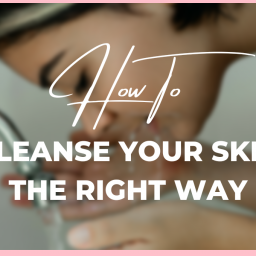
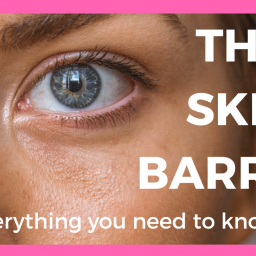
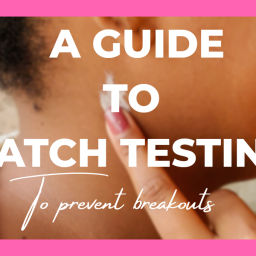
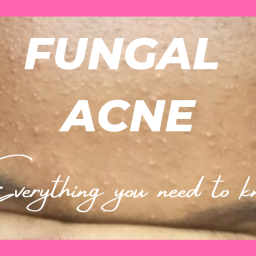
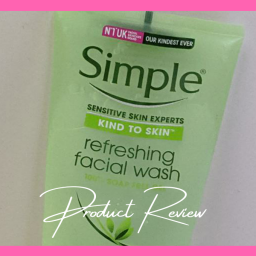
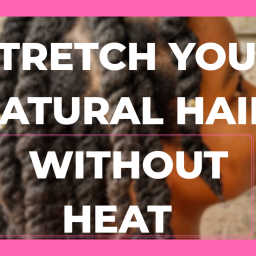
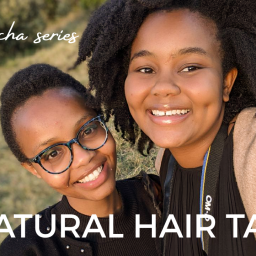
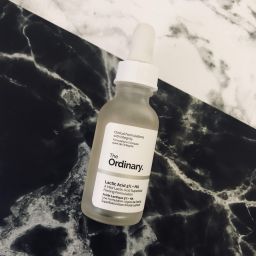
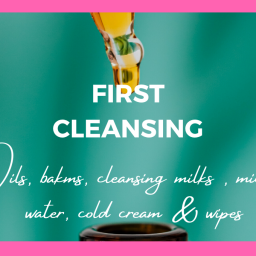

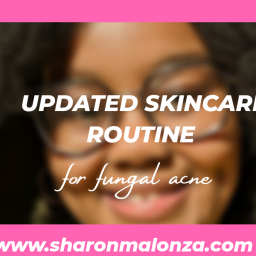
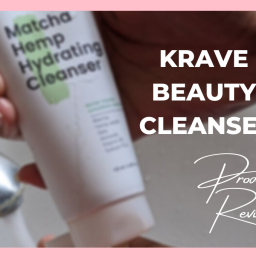
This post was and is very beneficial. From now on when I buy skincare and even haircare products I’ll be keen on the ingredients, most of them are always written in their scientific names but I have Google to help me with the translation.
I use grapeseed oil during the day and vitamin E oil at night.
Hey there ! I’m so glad you found this post helpful .
Once we get a hang on the ingredients we want or don’t want , it’ll make choosing products so much easier .
That sounds like a good combo 👌
Thank you for sharing 😊
I have dry and sensitive skin, occasionally break out (fungal acne.) I use vitamin E oil during the day and shea butter at night. I didn’t see Vitamin E oil on your list though, have you tried it/read about its benefits or lack thereof?
If you are prone to fungal acne , I would avoid most oils except the three that are safest for it . Most oils promote the growth of the fungi .
Thanks for reminding me about vitamin E oil . Its comedogenic rating is a 2. Most of its benefits in studies are through oral consumption . As for its topical benefits , it seems to be more effective when paired with ingredients like vitamin C and ferulic acid .
I’ll do some more research on it and maybe add it to the list later.
I was using it some time last year and I liked it . Now that I think I have fungal acne , I’m not using it anymore . Hope that helps 😊
Hi,,the post is soo informative thank you. A question would a blend of oils be a good moisturizer? Example: Shea butter + glycerine + jojoba oil
Hey .. yeah an oil blend should be fine. Though I think that mix would be quite heavy for the face .. it might suit the rest of the body better.